Life is a Journey of Escapes is reader-supported. When you buy through links on our site, we may earn an affiliate commission. Learn more
Montenegro: The Balkans’ Hidden Gem
Nestled along the Adriatic coast between Croatia and Albania, Montenegro is a tiny country that packs a massive punch. With rugged mountains, medieval villages, shimmering beaches, and a deeply rooted cultural heritage, Montenegro is a destination that feels both off-the-beaten-path and impossibly cinematic. Though often overshadowed by its more famous neighbors, this small Balkan nation is rapidly gaining recognition among savvy travelers looking for adventure, authenticity, and breathtaking natural beauty.
In this post, I’ll guide you through the highlights of Montenegro—what to see, where to go, how to get around, and why it deserves a top spot on your travel bucket list.
Why Visit Montenegro?
Montenegro is a land of contrasts. You can hike in the snow-capped Durmitor mountains in the morning and swim in the warm Adriatic Sea by afternoon. The country boasts UNESCO World Heritage Sites, national parks, pristine lakes, winding rivers, and fortified old towns that date back to the Venetian Empire.
Best of all, Montenegro still offers the kind of intimate travel experiences that are getting harder to find in over-touristed parts of Europe. Prices are reasonable, crowds are manageable, and locals are warm and welcoming.
Top Places to Visit in Montenegro
1. Kotor and the Bay of Kotor
Kotor is arguably the crown jewel of Montenegro. Tucked inside the fjord-like Bay of Kotor, this medieval town is a maze of narrow cobblestone alleys, charming piazzas, and centuries-old churches. The Old Town is a UNESCO World Heritage Site, and it’s easy to see why.

Hike up the 1,350 steps to the Fortress of San Giovanni for panoramic views of the bay—it’s a steep climb, but well worth the effort. At sunset, the terracotta rooftops and the glistening waters below create a postcard-perfect scene.
Take time to explore nearby villages like Perast, known for its baroque architecture and tiny islands, including Our Lady of the Rocks—a manmade islet with a stunning chapel.
2. Budva Riviera
For a livelier coastal experience, head to Budva, Montenegro’s version of a beach resort town. With a bustling nightlife, a well-preserved Old Town, and a string of beaches stretching along the coast, Budva caters to everyone from backpackers to luxury travelers.
Sveti Stefan, a short drive from Budva, is an iconic islet and former fishing village turned luxury resort. Though the island itself is private, the view from the mainland is one of the most photographed scenes in Montenegro.
3. Durmitor National Park
If you love the outdoors, Durmitor National Park is a must. Located in the north, it offers hiking, rafting, and skiing opportunities depending on the season. The park’s centerpiece is Black Lake (Crno Jezero), a glacial lake surrounded by dense pine forests and the dramatic peaks of the Dinaric Alps.
Don’t miss the Tara River Canyon, the deepest canyon in Europe and second only to the Grand Canyon worldwide. The Tara River is also known for its world-class white-water rafting.
4. Lake Skadar
Lake Skadar is the largest lake in the Balkans, shared with neighboring Albania. This biodiverse haven is perfect for birdwatching, kayaking, and boat tours. The Montenegrin side is dotted with quaint villages, monasteries, and vineyards.
Take a guided boat trip from the village of Virpazar to explore the lake’s lily-covered waters and learn about its rich history and ecology.
5. Cetinje and Lovćen National Park
Cetinje is Montenegro’s old royal capital and offers a quieter, more cultural experience. The town is full of museums, monasteries, and historical landmarks. Nearby is Lovćen National Park, where you can visit the Mausoleum of Petar II Petrović-Njegoš, one of Montenegro’s most beloved poets and rulers. The 461 steps to the top are rewarded with sweeping views that stretch all the way to the sea on a clear day.
Cultural Insights
Montenegro has a unique cultural blend of East and West due to centuries of Ottoman and Venetian influence. While the country is predominantly Eastern Orthodox Christian, it is also home to Catholic and Muslim communities, reflecting its complex history.
The locals are proud of their heritage, and you’ll find many festivals, folk dances, and traditional music performances throughout the year. Don’t hesitate to strike up a conversation—Montenegrins are generally hospitable and curious about visitors.
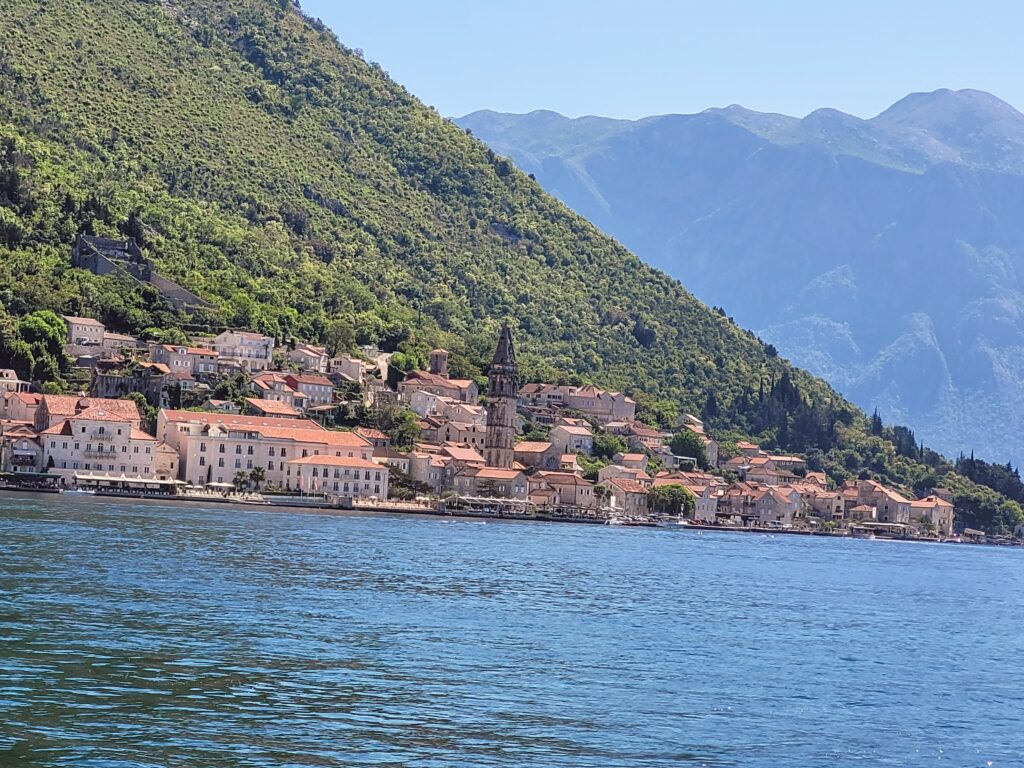
What to Eat in Montenegro
Montenegrin cuisine is a hearty mix of Mediterranean and Balkan flavors. Along the coast, seafood dominates: think grilled octopus, black risotto, and fresh oysters. Inland, dishes become more rustic with influences from Serbia and Albania—meat stews, smoked ham (pršut), and cheese from Njeguši are staples.
Must-try dishes:
- Ćevapi – small grilled sausages served with flatbread and onions.
- Kacamak – a traditional mountain dish made from potatoes, cornmeal, and cheese.
- Burek – flaky pastry filled with meat, cheese, or spinach.
- Rakija – a strong fruit brandy served as a welcome drink in many households.
Practical Travel Tips
Getting There
Montenegro has two main international airports—Podgorica (the capital) and Tivat (closer to the coast). Many European carriers offer direct flights, especially in the summer.
Alternatively, you can enter by car or bus from neighboring countries like Croatia, Bosnia and Herzegovina, Albania, and Serbia.
Getting Around
Public transportation is available but can be slow and infrequent in rural areas. Renting a car is the best way to explore at your own pace and reach off-the-beaten-path destinations. Be prepared for narrow, winding roads in the mountains and along the coast.
Currency
Montenegro uses the Euro (€) even though it is not part of the European Union.
Language
The official language is Montenegrin, which is similar to Serbian, Croatian, and Bosnian. English is widely spoken in tourist areas, but learning a few basic phrases in the local language will go a long way.
Best Time to Visit
The best time to visit depends on your interests:
- June to September: Ideal for coastal travel, swimming, and festivals.
- May and October: Fewer crowds, pleasant weather.
- December to March: Great for skiing in the northern mountains.
Final Thoughts
Montenegro might be small in size, but it offers an unforgettable array of experiences. From tranquil lakes and high alpine trails to lively beach towns and ancient walled cities, this Balkan beauty has something for everyone. It’s a place where nature and history collide, where adventure is always just around the corner, and where the views never disappoint.
So if you’re craving a European destination that’s still relatively under the radar yet rich with discovery, Montenegro is calling. Pack your bags—and don’t forget your hiking shoes. If you want more information click here: Montenegro Travel.
Have you been to Montenegro or planning to go? Share your thoughts, tips, or questions in the comments below!
Support the Team!
If we helped you plan your travels in any way and you want to support us, here are several companies we’re affiliated with. We receive a small commission at no extra cost to you when you click on the links below so feel free to click away! 🙂

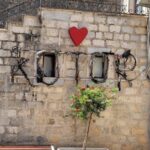




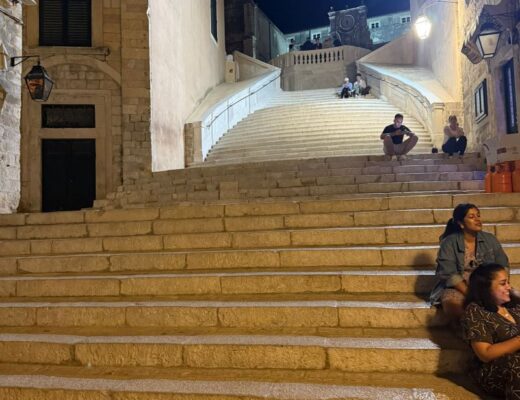
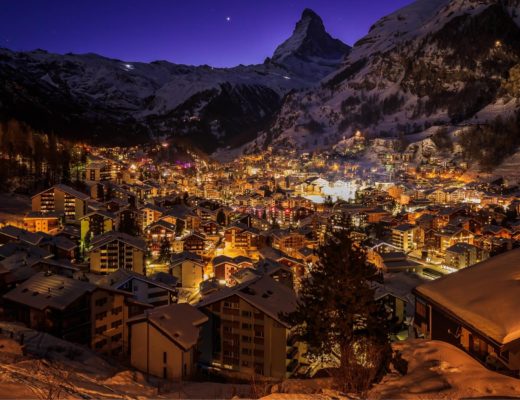
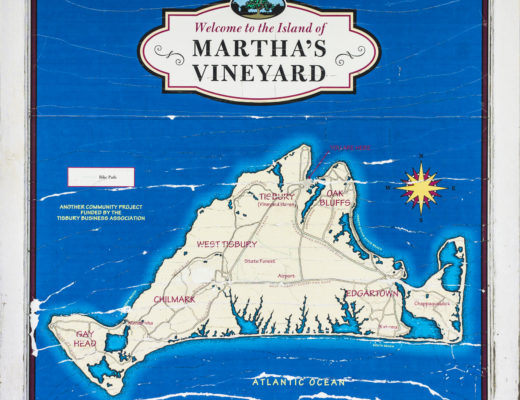
No Comments